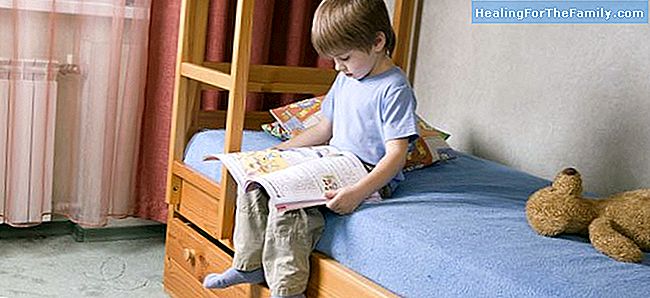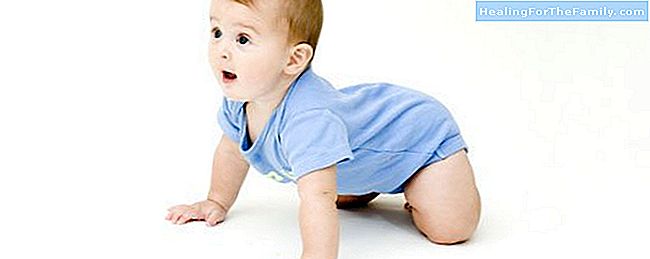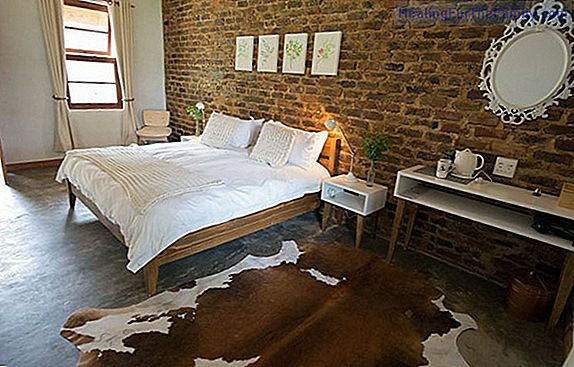Types of children's beds
When choosing the bed for the children's room you can choose between different types of models that can fit in the space available. The measurements are basically standard. Generally the most used measure is that which has a mattress base 90cm wide and 190cm long. If you have little space you can al
When choosing the bed for the children's room you can choose between different types of models that can fit in the space available.
The measurements are basically standard. Generally the most used measure is that which has a mattress base 90cm wide and 190cm long. If you have little space you can also choose beds 80 cm wide. Or if you want a longer bed, there are also 200 cm.
The most frequent infant bed models

These are the most frequent infant bed models:
- Individual beds: in addition to the mattress and mattress, they can have a headboard and footboard depending on their disposition. Below you can use to place some storage item.
- Nesting beds: are formed by a structure that contains a bed in its lower part with a system for dragging and folding the legs and whose mattress is usually a little less high. This second bed usually has occasional use. Sometimes it is replaced by storage drawers. They are placed with a side against the wall.
- Compact beds: are arranged on containers that can accommodate another bed and storage drawers or two beds. The structures of these beds exceed the length and width of the mattress by 10-15 cm. The total height of the bed will be greater than the nest bed so precautions should be taken if the child is too small.
- Bunk beds: they are furniture with two superimposed beds that especially love children but that mothers find it more uncomfortable when it comes to making the superior. Important: the space between beds will be 80 cm minimum and that from the upper mattress to the ceiling there will be 90 cm. In some models you can have storage drawers or a trundle bed in the lower bed.
These beds need an access ladder and a protective barrier, especially if the sleeper is still small.
- Train type berths: the overlapping of the beds is partial with extra storage space that can be a wardrobe, drawers, and even a small study area. You need the wall to be at least 3 m long.
- Berths in 'L': are similar to the train berths but arranged in L.
- Folding beds: when you really have little space and want to have it during the day, these beds are ideal. It is important that you consider the fixing to the wall that must be resistant.

Yolanda Corbillón
Decorator












